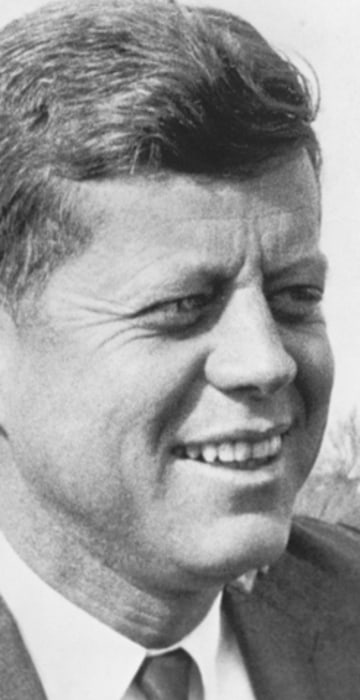
Politics News
When illness strikes
The election’s outcome sometimes hinges on a candidate’s health.

Franklin Roosevelt
In March of 1944, Navy cardiologist Howard Bruenn diagnosed President Roosevelt with extreme hypertension and heart disease. FDR's aides hid his illness from voters and he was re-elected to his fourth term in November of 1944. Roosevelt died on April 12, 1945 from a cerebral hemorrhage. Pictured: Left to right, Prime Minister Winston Churchill, Roosevelt and Soviet leader Josef Stalin, in Yalta, Feb. 12, 1945.
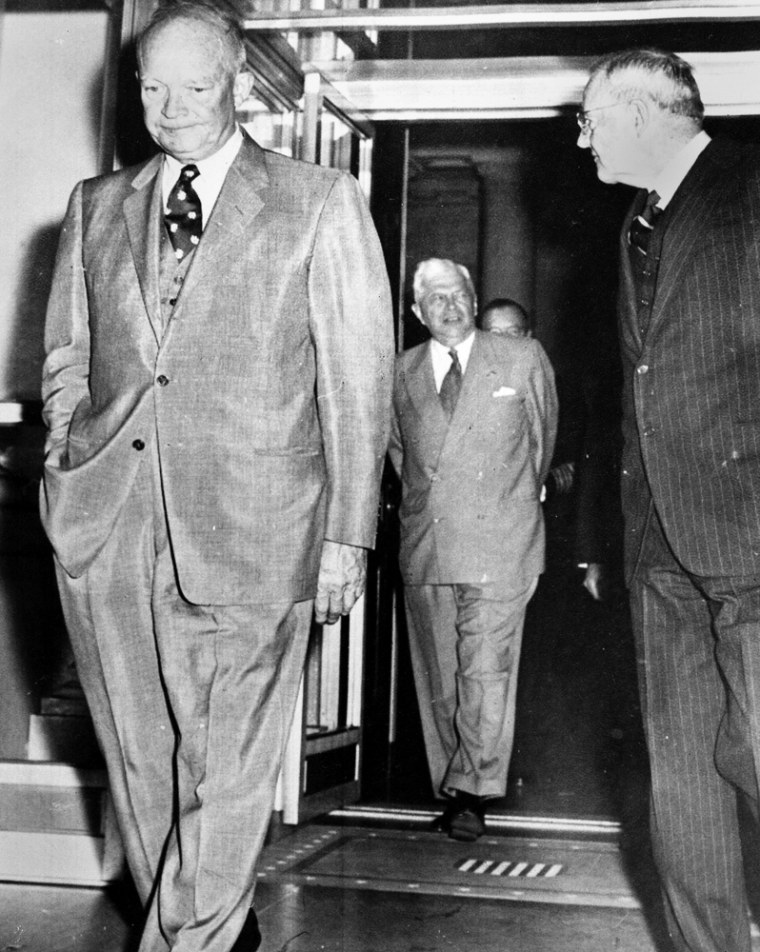
Dwight Eisenhower
President Eisenhower suffered a heart attack on Sept. 24, 1955, but decided in February of 1956 that he would run for a second term. The Republican Party happily re-nominated him. Despite undergoing emergency surgery for ileitis (inflammation of the small intestine) on June 9, 1956, Ike won a second term, defeating Democrat Adlai Stevenson even more easily than he had in 1952. Pictured: President Eisenhower at left, Oct. 29, 1956, during a break in the emergency meeting to discuss the Middle East crisis.

John F. Kennedy
Sen. Kennedy, who had Addison's disease, nearly died in 1954 from post-operative complications following back surgery. His brother Robert Kennedy worked hard to conceal from the public that JFK, the Democratic presidential nominee in 1960, had Addison’s disease. The brothers had a doctor issue a misleading statement euphemistically mentioning an “adrenal insufficiency.” In reality, Addison’s is a rare adrenal disorder which left untreated could result in death. Pictured: Caroline Kennedy with her father, Senator John F. Kennedy, Nov. 9, 1960 in Hyannis Port, Mass.
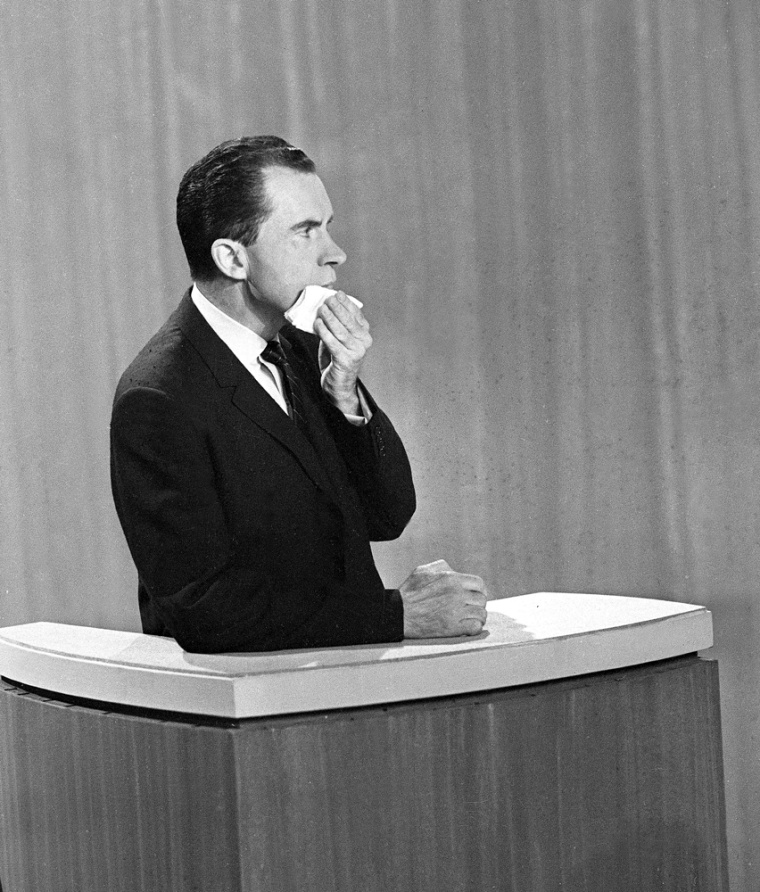
Richard Nixon
In the heat of his 1960 campaign against John F. Kennedy, Nixon bruised his knee and developed a staph infection. He was forced to remain in the hospital for two weeks, losing valuable campaign time. After getting out of the hospital, Nixon overcompensated by campaigning non-stop. When he faced Kennedy in their first debate on Sept. 26, he appeared exhausted and sickly. That appearance proved so ill-fated that in later debates Nixon decided to wear theatrical makeup. Pictured: Vice President Richard Nixon wipes his face during nationally televised debate with John F. Kennedy in New York City on Oct. 21, 1960.
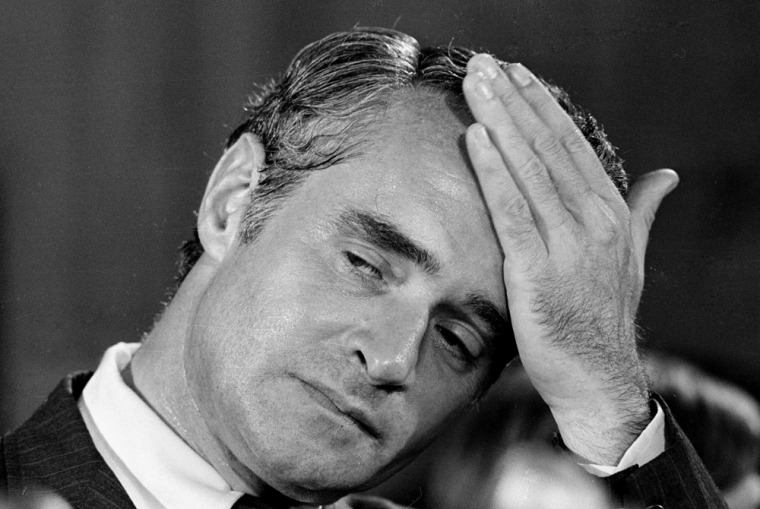
Thomas Eagleton
In 1972, presidential nominee Sen. George McGovern chose Thomas Eagleton, the Missouri legislator, after more prominent Democrats refused to serve as his running mate. But less than two weeks after the Democratic convention, newspaper reports revealed that Eagleton had been hospitalized for depression and had been treated with electroshock therapy. Eagleton withdrew from the ticket, a first for a vice presidential candidate. Pictured: Eagleton reacts while listening to McGovern's announcement that Eagleton is stepping aside as his running mate, Aug. 1, 1972.
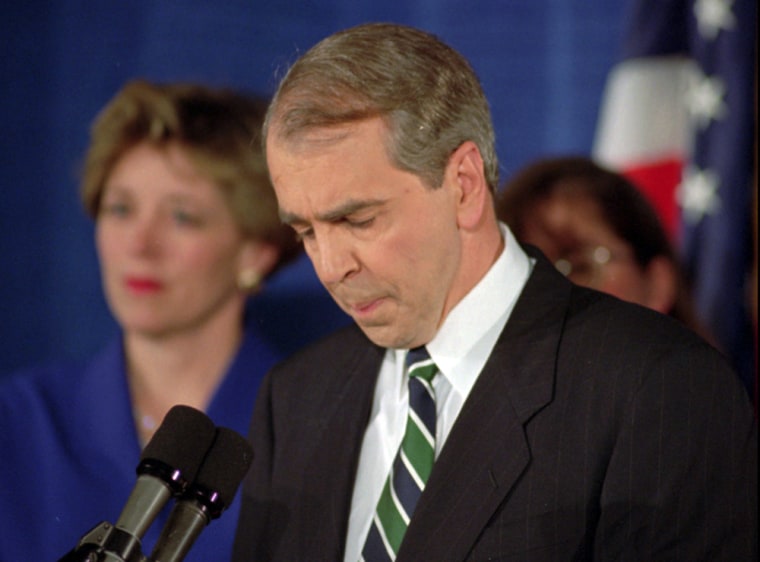
Paul Tsongas
After defeating Bill Clinton in the 1992 New Hampshire primary, Tsongas faced questions about the cancer he suffered from nine years earlier. His physician told reporters, “I can't swear for you and the public he's cured. On the other hand, I can attest to his excellent health now.” Tsongas didn’t reveal that he had a cancer recurrence in 1987. Clinton outlasted Tsongas to win the nomination. In November 1992, Tsongas had another recurrence of cancer. In 1996, he had a second bone marrow transplant, eventually dying of pneumonia in 1997. Pictured: Tsongas announces his withdrawal from the 1992 presidential race.
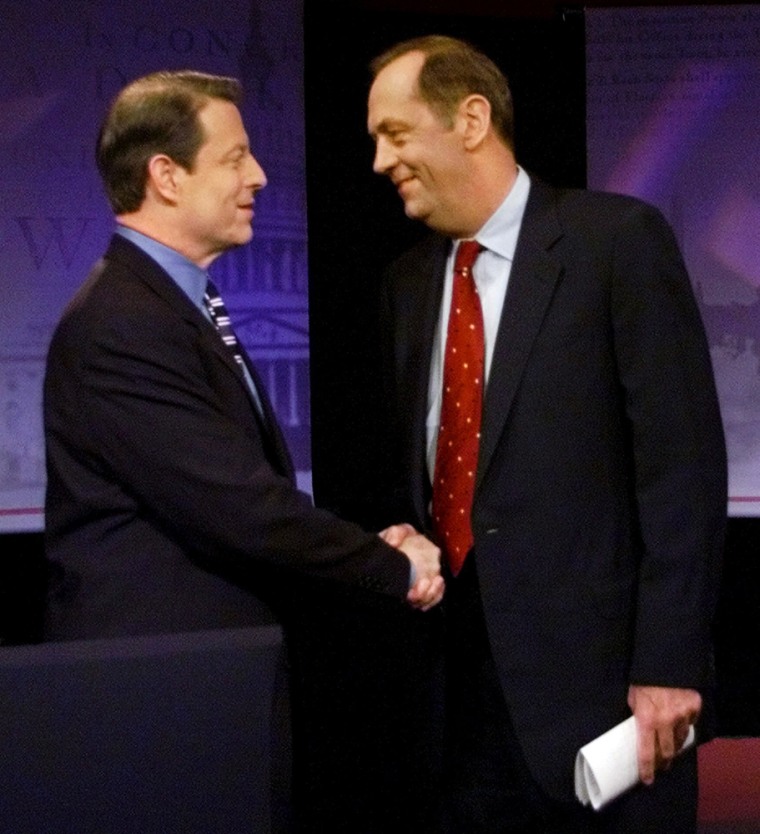
Bill Bradley
In December 1999, during his battle with Al Gore for the 2000 Democratic nomination, Bradley was forced to cancel a campaign event after being hospitalized for an irregular heartbeat. He told reporters that his previously undisclosed atrial fibrillation was “just a nuisance.” His doctor said Bradley “should be able to function perfectly fine as president.” Bradley said the following month that he’d experienced five irregular heartbeat episodes in the span of several weeks. Pictured: Al Gore, left, and Bill Bradley shake hands prior to their debate in Manchester, N.H., Jan. 26, 2000.
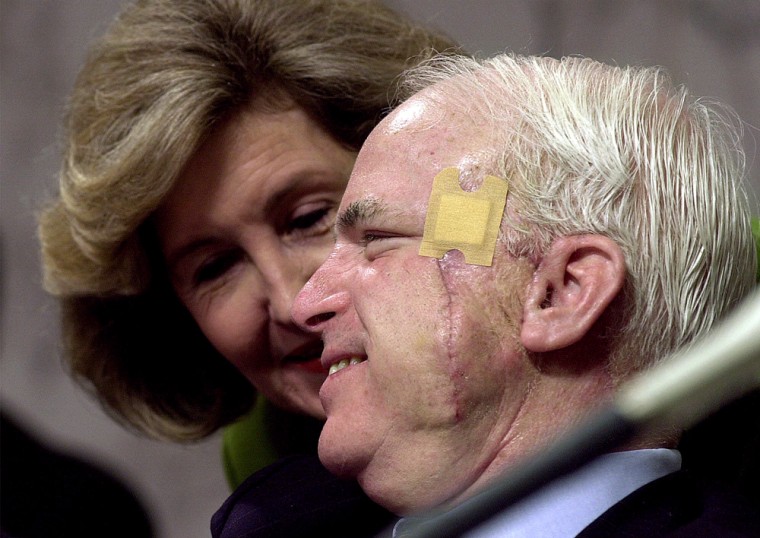
John McCain
Recovering from skin cancer surgery, Sen. John McCain chatted with his Texas Republican colleague, Sen. Kay Bailey Hutchison on Capitol Hill during a Commerce Committee hearing on Sept. 12, 2000. An attending physician at the Capitol noticed melanoma cancer on McCain's temple and he underwent surgery in August of 2000. A pathology test at the time determined that the melanoma had not spread to his lymph nodes. According to his campaign staff, no spread of the cancer has been detected in the checkups he has had since 2000